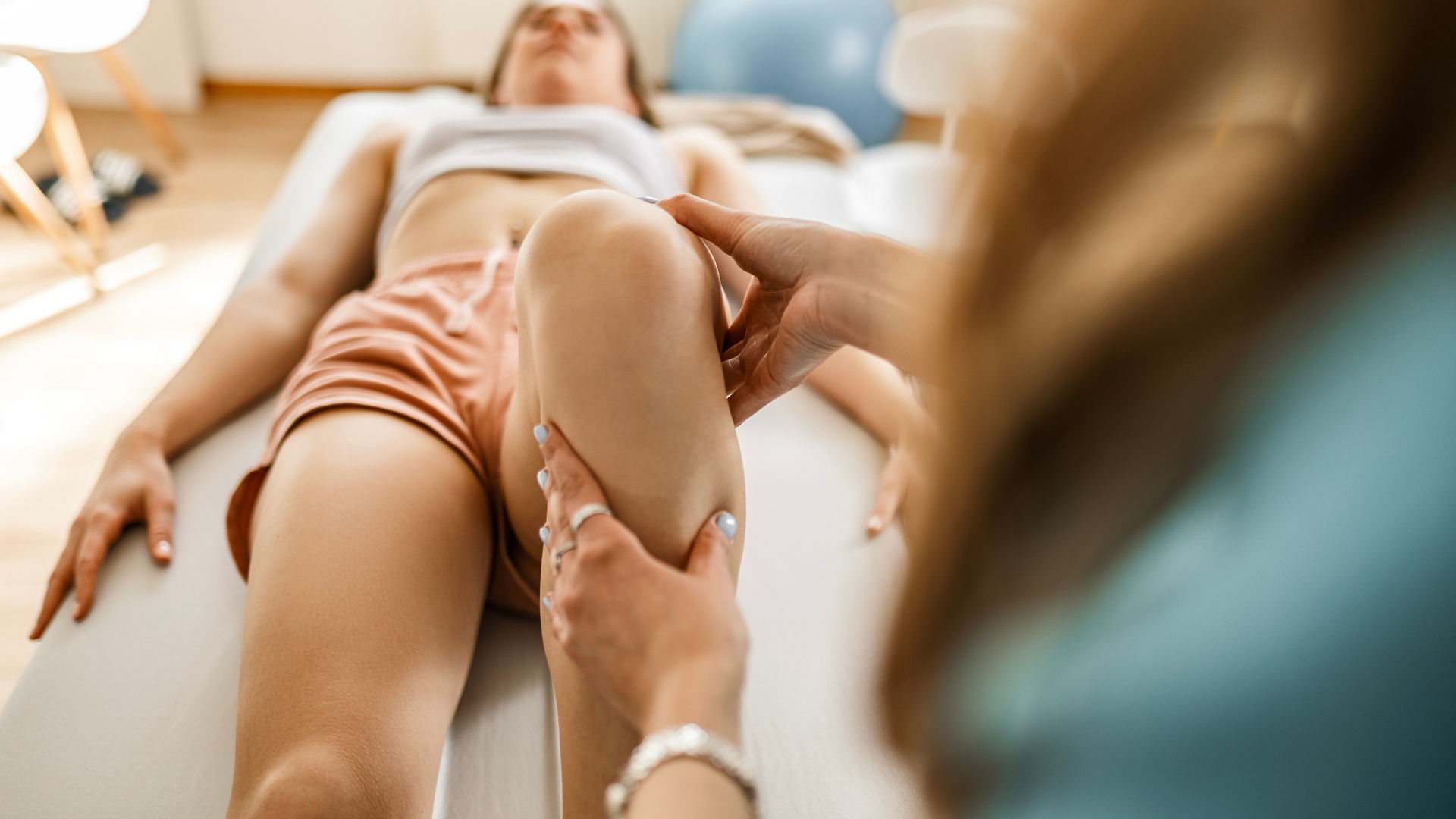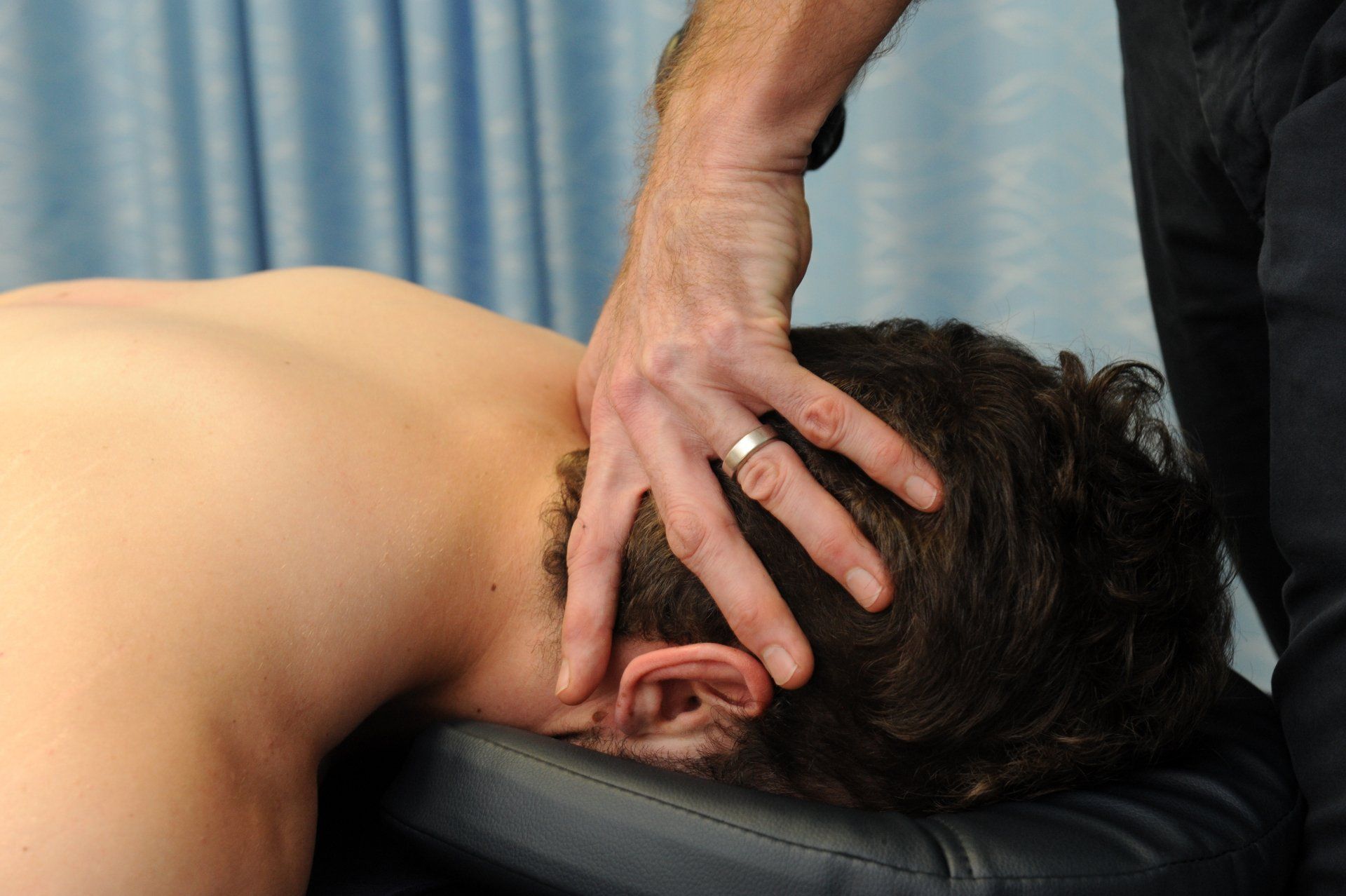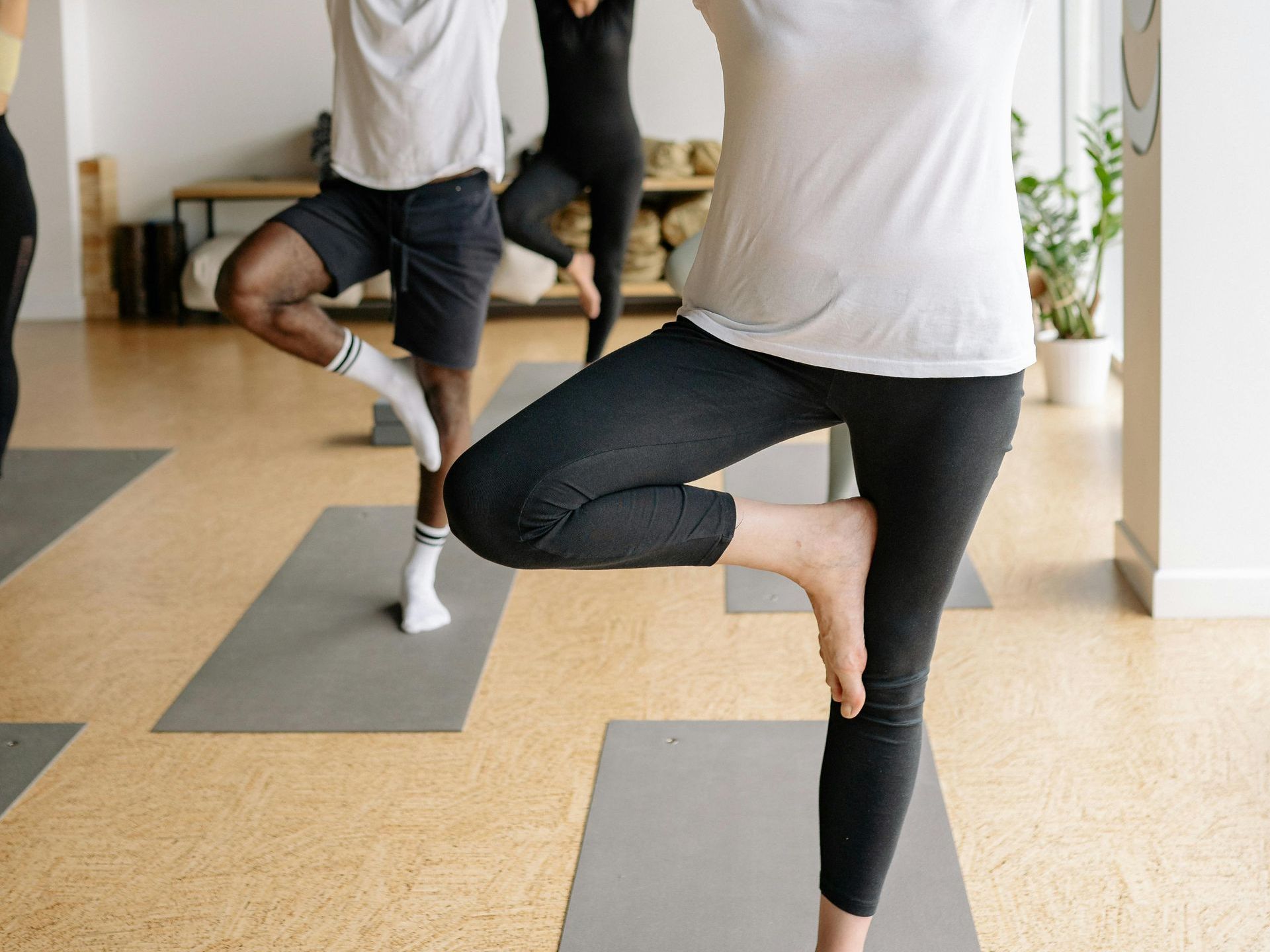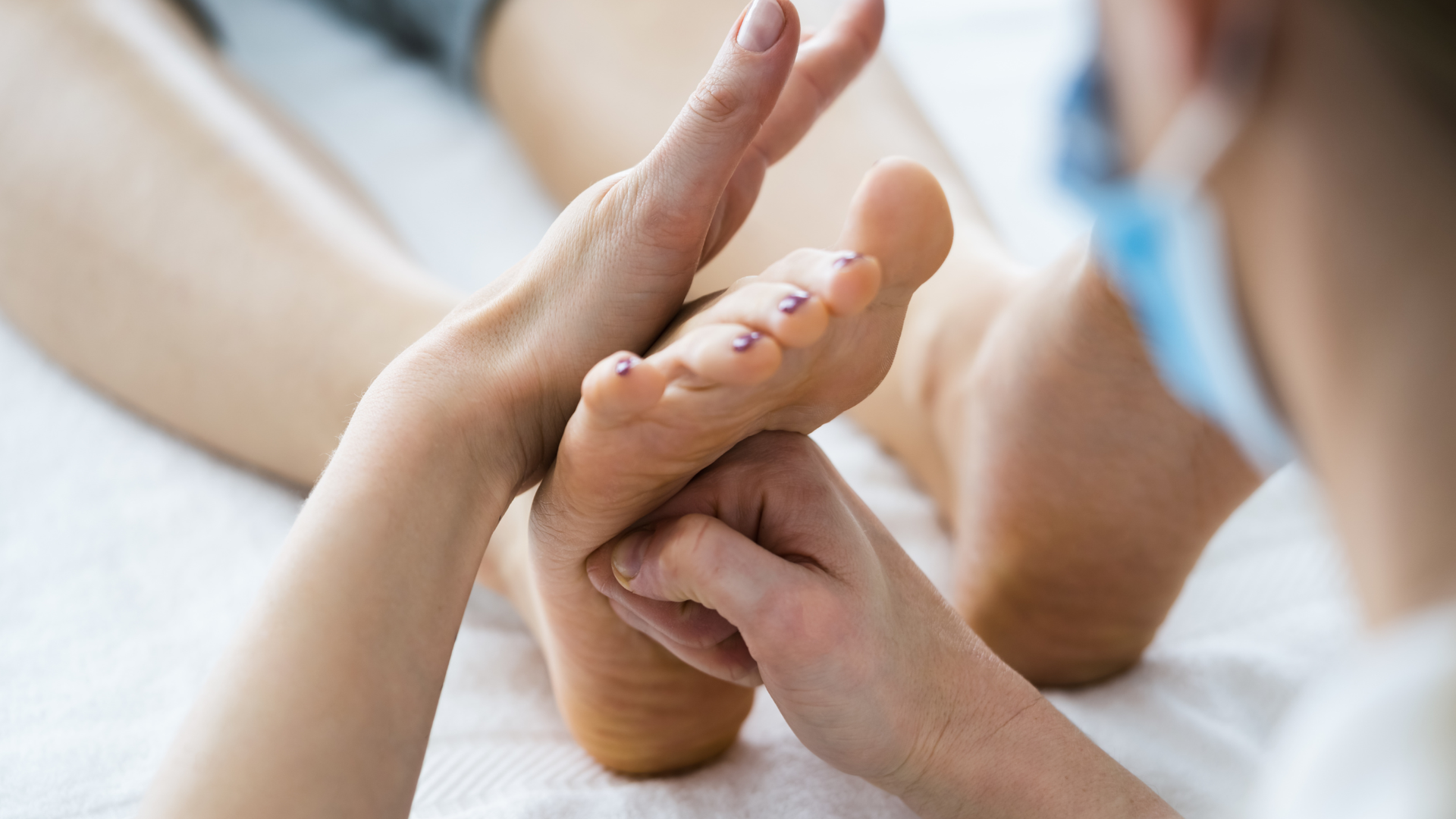The Foot - Pes Planus (Flat foot)
Flat feet can cause a range of problems further up the kinetic chain, including knee, hip and low back pain.

Try these low impact exercises for flat feet.
Try these low impact exercises for mild turf toe
Pes planus, commonly referred to as flatfoot, is a condition where the medial longitudinal arch of the foot is diminished or absent, causing most of the sole to contact the ground. Pes planus can be flexible, with the arch reappearing on tiptoe; or rigid, with the arch remaining absent. While many individuals with pes planus are asymptomatic, the condition can disrupt normal biomechanics of the lower limb and spine, leading to an increased risk of pain, dysfunction, and injury.
Anatomy 101
The medial longitudinal arch is the primary and highest arch of the foot, running along the inside (medial side) from the heel (calcaneus) through to the first three metatarsal bones. It is supported by bones, ligaments (such as the spring ligament and plantar fascia), and muscles (notably the tibialis posterior, tibialis anterior, and intrinsic foot muscles). Its main roles in normal biomechanics is to:
- Absorb shock during weight-bearing activities.
- Store and release elastic energy to aid propulsion in gait.
- Distribute loads across the foot and lower limb.
- Maintain stability and balance, adapting to uneven surfaces.
This arch is critical for efficient walking and running, protecting joints higher up the kinetic chain.
During the stance phase of the gait cycle, the medial longitudinal arch lowers, increasing the contact surface area with the ground, distributing load evenly and allowing the foot to adapt to the terrain. As the stance phase progresses and the heel starts to lift, the arch starts to rise, stiffening the foot and converting it into a stable lever with stored energy to aid propulsion.
In pes planus (flatfoot), the normal dynamic function of the medial longitudinal arch is altered. The arch is abnormally low or absent, resulting in reduced shock absorption, altered alignment and reduced propulsion efficiency. This can lead to increased stress on joints and soft tissues, including the knees, hips and lower back.
Who gets it?
Pes planus is common, affecting between 20% and 37% of the population. It occurs across the lifespan, but the underlying causes and risk factors differ by age and population group. Flatfoot is common in infants and children due to undeveloped arches, with most resolving by age 6–8, though some remain flexible into adolescence and young adulthood due to arches not fully developing.
Acquired pes planus can occur from adolescence through to old age due to neuromuscular conditions, muscle and tendon dysfunction and weakness, ligament injury, trauma, arthritis, or overuse.
At risk groups include athletes, especially runners, people with obesity, diabetes, connective tissue disorders (e.g., Marfan, Ehlers-Danlos), or occupations requiring prolonged standing. Children with Down syndrome are at higher risk of pes planus, while people with cerebral palsy may present with flexible or rigid pes planus.
Rigid flatfoot is rare and often congenital, associated with conditions such as tarsal coalition, vertical talus, or accessory navicular bones.
What does the research say?
Research shows that flat feet require more energy during movement due to instability and increased muscle strain. Pes planus alters the foot’s alignment, leading to excessive pronation, calcaneal valgus, and changes in joint positioning. These disruptions affect how the body senses and controls posture, forcing muscles to work harder to maintain balance—especially during walking.
While some studies suggest pes planus impairs foot control, balance, and jump performance, others have found no significant impact on athletic abilities such as vertical jump height and sprint. The evidence remains mixed, and any performance issues may arise from long-term complications rather than the condition itself.
Common Symptoms
Pes planus generally does not cause symptoms per se. Rather it causes alterations to normal biomechanics that can result in symptom development either locally or proximal to the feet. These include:
- Foot pain (heel, midfoot, or arch)
- Fatigue during walking/standing
- Postural imbalance or altered gait
- Referred pain to knees, hips, or lower back
Conditions often related to pes planus include plantar heel pain, Achilles Tendinopathy, Bunions and Hammertoe.
Assessment and Diagnosis
In most cases, a qualified physiotherapist can assess for the presence of pes planus and, if present, ascertain its relevance to the presenting signs and symptoms. This might include observations of functional activities such as walking and running, the Navicular drop test, Windlass tess, and the Foot Posture Index.
It is crucial that, in the presence of pes planus, a thorough assessment is undertaken to identify related pathology contributing to symptoms such as plantar heel pain or Achilles Tendinopathy.
Do I Need a Scan?
Imaging (X-Ray, MRI, Ultrasound) is not usually indicated for flexible pes planus unless the presentation raises certain flags (eg. prominent paediatric fat pad, oedema, or suggestive of fibroma, tumour or lipoma). If rigid pes planus is suspected then imaging should be undertaken to rule in/out underlying pathology (e.g., tarsal coalition).
Treatment and Management
Physiotherapy is often the first line management for pes planus. Treatment includes soft tissue therapy, exercise therapy (stretching and strengthening, proprioceptive training), taping and/or off-the-shelf orthotics, and education and lifestyle advice.
Other treatment should address related symptoms, which might require a period of manual and soft tissue therapy and load reduction to control pain.
Will I need surgery?
Surgical intervention is generally reserved for rigid flatfoot where there is significant pain or mobility limitations, or for failed conservative treatment. Surgical procedures can include tendon transfers, ligament reconstruction, osteotomies and arthrodesis (joint fusion).
How long is it going to take?
In children, pes planus usually resolves by age 6-8 with little to no intervention. Flexible flatfoot that persists beyond this age or is acquired later in life rarely resolves requiring symptomatic treatment and management of related conditions. The good news is that most of these can be well managed with little impact on sport and daily lifestyle activities.
The Take Home
Pes planus is common, often benign, and in many cases, self-resolving—especially in children. When intervention is needed, conservative physiotherapy-led care is the first-line approach. Strengthening, stretching, education, and tailored orthotics can significantly improve function and reduce symptoms related to pes planus. With proper guidance, most individuals can lead active, pain-free lives without the need for surgical intervention.
Got flat feet and want to get it sorted? Give us a call.
At Movement for Life Physiotherapy, we can assess your feet and identify whether they are contributing to your symptoms. With a clear diagnosis and tailored management plan, we’ll help get you back on your feet sooner.
📞 Call us now or click BOOK AN APPOINTMENT to book online.
References
- Açak, M. (2020). The effects of individually designed insoles on pes planus treatment. Scientific Reports, 10(1), 19715.
- Blasimann, A., Nötzli, A., Schaffner, L., & Baur, H. (2015). Non-surgical treatment of pes planovalgus associated pain—a systematic review. Physiotherapy, 101, e130-e131.
- Hakeem, W. & Rashid, F. (2024). Flat feet and bone health: An orthopedic review of impacts on long-term musculoskeletal health and management strategies. International Journal of Orthopaedics Sciences, 10(3): 295-307. DOI: https://doi.org/10.22271/ortho.2024.v10.i3d.3655
- Raj MA, Tafti D, Kiel J. Pes Planus. (2025). In: StatPearls [Internet]. Treasure Island (FL): StatPearls Publishing; 2025 Jan-. Available from: https://www.ncbi.nlm.nih.gov/books/NBK430802/
- Rodriguez, N., Choung, D. J., & Dobbs, M. B. (2010). Rigid pediatric pes planovalgus: conservative and surgical treatment options. Clinics in podiatric medicine and surgery, 27(1), 79-92.
- Şahin FN, Ceylan L, Küçük H, Ceylan T, Arıkan G, Yiğit S, Sarşık DÇ, Güler Ö. Examining the Relationship between Pes Planus Degree, Balance and Jump Performances in Athletes. Int J Environ Res Public Health. 2022 Sep 15;19(18):11602. doi: 10.3390/ijerph191811602. PMID: 36141874; PMCID: PMC9517403.
- Salinas-Torres, V. M., Salinas-Torres, R.A., Carranza-García, L. E., Herrera-Orozco, J., Tristán-Rodríguez, J.L. (2023). Prevalence and Clinical Factors Associated with Pes Planus Among Children and Adults: A Population-Based Synthesis and Systematic Review. The Journal of Foot and Ankle Surgery, 62 (5), 899-903. https://doi.org/10.1053/j.jfas.2023.05.007.
- Turner, C., Gardiner, M. D., Midgley, A., & Stefanis, A. (2020). A guide to the management of paediatric pes planus. Australian journal of general practice, 49(5), 245-249.
- Unver, B., Erdem, E. U., & Akbas, E. (2019). Effects of short-foot exercises on foot posture, pain, disability, and plantar pressure in pes planus. Journal of sport rehabilitation, 29(4), 436-440.








